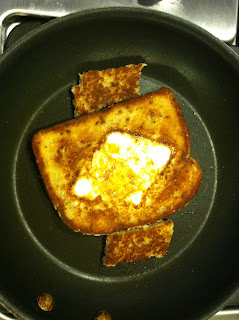 The northwest side of Chicago has a classic 1950's style "hot dog joint" known as Superdawg. It's actually been around since 1948 and probably has not been updated since then. It has a vintage atmosphere, with the drive-up stalls that you can pull your car into and order off the menu from your car.
The northwest side of Chicago has a classic 1950's style "hot dog joint" known as Superdawg. It's actually been around since 1948 and probably has not been updated since then. It has a vintage atmosphere, with the drive-up stalls that you can pull your car into and order off the menu from your car.The menu is straight-up diner fare with a heavy emphasis on Chicago-style hot dogs, polish sausage and similar items. Their french fries are crinkle-cut and touted as being "never frozen," in fact you can hear a recording of one of the founders of Superdawg on their website FAQs tell you about their fries. Whatever the case, they're delicious and you get a bunch of them with your order.
Their items are served in individual boxes that fall right in line with the whole 1950's theme of the place. What's most noticeable, however, is the cult-like devotion that its patrons have to the place. My good friend Barry has been a fanatic for Superdawg since he was 9 years old and he says he's never ordered anything but the Superdawg.

The original Superdawg is tantalizingly close to O'Hare airport about 1 mile north of the Kennedy Expressway off the Nagle Av. exit. They've now branched out and have a second location further out in the Northwest suburban Wheeling. Both locations have the same vintage atmosphere and the same menus.
It's definitely worth a visit when you're in Chicago!




